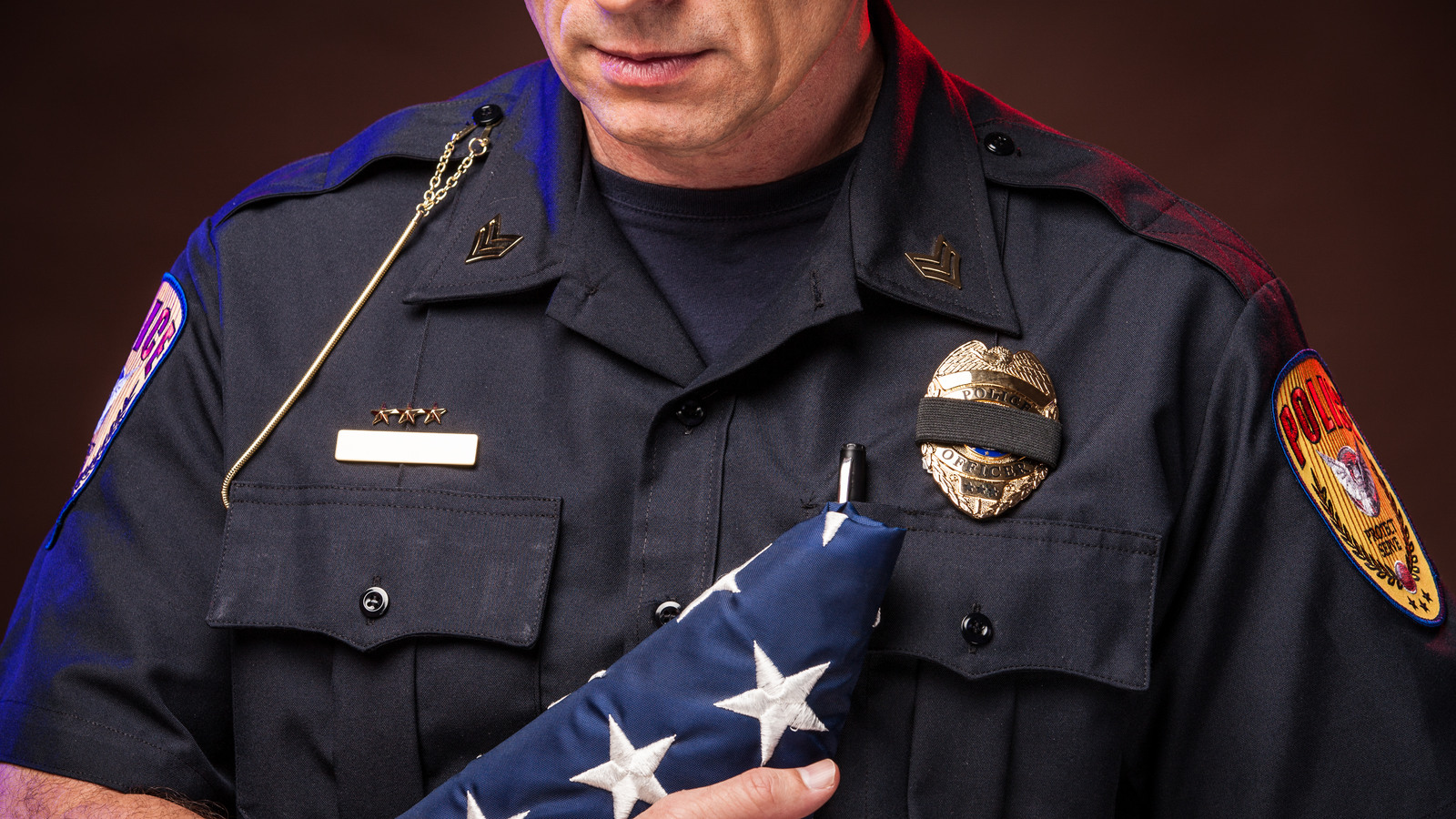
Conventional wisdom holds that the suicide rate for police officers is higher than for other occupations, higher than other first responders and higher in comparison to the population at large.
According to statistics on Blue H.E.L.P.’s website, the number of law enforcement suicides in 2022 was 160, an increase from 2021’s figure of 143, with 2020’s count at 146, all down from 2019 at 196. Those numbers will vary depending on the source of the report, which points to some basic problems with data collection.
A recent web conference hosted by the Committee on National Statistics, brought together diverse researchers from universities, government, and private foundations to explore, as its title states, approaches to improving the measurement of death by suicide of law enforcement officers in the United States. Here’s a summary of the main discussion points.
Why we need to measure police suicide
The primary reason for measuring police suicide is that without accurate data efforts, prevention and intervention suffer. The theme of officer survival as a professional ethos must include surviving trauma and suicidality, especially since more officers die by their own hand than by murder.
A second reason is the new legislation that adds police suicide to the Public Safety Officer Benefit (PSOB) program, which provides a death benefit for line-of-duty deaths and the promise of benefits for officers injured may not be equitably available to survivors.
Thirdly, mental health wellness and suicide prevention programs rely on good data for establishing best practices.
The challenges to police suicide data collection
Wouldn’t gathering police suicide statistics be simple? Look at the death certificates, look at the occupation of the deceased, correlate the two factors, and add the total and there you have it. But first, we have to ask what a law enforcement officer is. Are corrections officers to be included? How about animal control officers, academy cadets, dispatchers, or those who spent 20 years as a police officer but died by suicide 10 years after retirement while working in private industry?
Death certificates are completed in a variety of ways. Some are from medical examiners who are state employees. Some are from elected coroners whose qualifications vary widely. The forms themselves are fairly simple and checking all of the boxes and filling in all the blanks doesn’t necessarily inform researchers with the kind of information needed to get a true profile of who dies by suicide.
The stigma of suicide can color how such deaths are reported by survivors who may be anxious to disguise or deny a suicide death. This can even apply to the employing law enforcement agency who may not want to report such a death in connection with their agency. That doesn’t necessarily imply that falsehoods or cover-ups are major factors, but under-reporting is a concern. And, as with suicide in the population at large, questions can linger over whether a car crash, firearms discharge, or other fatal event was an accident or intentional. The suicidal person may attempt to disguise their death in a fashion that does not risk financial benefit to their survivors.
The impact of the PSOB inclusion of suicide (which must be narrowly construed to be duty-related for benefits to be provided) is yet to be calculated. During the debate on the inclusion of suicide there was concern that the potential of a large cash benefit could be an incentive to a person who might otherwise have sought alternatives to death, but in some way imagines that the benefit to their family outweighs the benefit of living as a burden to them.
An important unknown figure is the number of suicide attempts, which are far less likely to be reported anywhere consistently, even if the attempts are known. If there is no significant difference between the precursors of successful and unsuccessful suicidal behavior, evaluating attempts is vital for determining causes and prevention efforts.
In addition to the mere label of suicide as a cause of death, critical research data must include circumstances, location, specific job assignment, method, previous life events, other behavior patterns or changes, geographical and community characteristics, agency culture, health, previous access to services, time in the career field, and even information from cellphone and computer records.
Information gathering efforts
To address these concerns several organizations are gathering various information fields on first responder suicides.
The FBI has very recently begun collecting data on police suicides through its Law Enforcement Suicide Data Collection (LESDC) program, which “aims to help agencies better understand and prevent suicides among current and former law enforcement officers, corrections employees, 911 operators, judges, and prosecutors” through voluntary reporting.
Other entities are making diligent efforts to research police suicide. These include the Centers For Disease Control, the National Violent Death Reporting System, the Department of Homeland Security, and researchers from non-profit organizations and major universities.
Law enforcement leaders should be aware of these investigative efforts and participate fully in the research as part of the profession’s growing awareness of health and wellness best practices.


